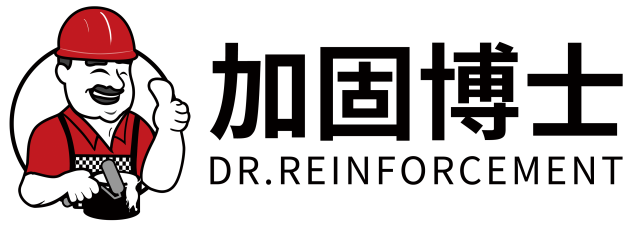材料構成と構造的特性
炭素繊維布製造プロセス
炭素繊維クロスの生産には、ポリアクリロニトリル(PAN)、ピッチ、またはレーヨンなどのベース材を選択するといういくつかの重要なプロセスがあります。_特性_—これらの材料は、フィラメントを紡ぎ、酸化による安定化、炭素化、そして表面処理という一連の複雑な操作を通じて変容します。各ステップは、製品の構造的特性や品質、強度や柔軟性を制御するために極めて重要です。全工程において品質管理が一貫性と炭素繊維素材の耐久性を確保するために重要です。生産プロセスでのわずかな偏差でも、これらの物理的特性に大きな影響を与える可能性があるため、全体のプロセスを最適にコントロールすることが重要です。
伝統的な補強材料の概要
建設と製造に関しては、鋼、アルミニウム、ガラス繊維などの従来の補強材料の使用が、そのよく知られた機械的特性のために何世紀にもわたって維持されてきました。鋼やアルミニウムの強度と延性、そしてガラス繊維の軽量さと耐食性は、これらの複合材料の評価される特性です。しかし、これらの属性にも限界があります。例えば、鋼やアルミニウムは錆びる可能性があり、ガラス繊維はカーボンファイバークロスのような引張強度を提供できない場合があります。産業の変化に伴い、ますます多くの用途で使用されるようになっています。 カーボンファイバーコットン 他の材料よりも優れた強度と重量特性を持つ材料が使用されています。この移行は、航空宇宙および自動車セクターで観察され、重量の軽減と強度の向上は不可欠な要因です。
引張強度:炭素繊維と従来の材料の比較
引張抵抗のための実験室試験方法
材料の引張特性は、通常の試験方法(例:ASTM D3039)を通じて広く分析されます。これらは、万能試験機やひずみゲージなどの先進的な装置を使用し、規制された方法で応力を適用して測定し、引張りによる材料の変形を評価する技術です。これらの測定値は主に、材料が応力に対してどのように反応するかを測るものであり、材料の比較に役立ちます。これらの試験結果は一般的に、 カーボンファイバーコットン 鋼やグラスファイバーよりも一桁高い引張強度を持っていることを示しています。さらに、炭素繊維の堅さは、その硬さを強調するために基準値と共に表現されることが多く、特に厳しい使用条件下での硬さを示します。この試験手法は、材料の抵抗性に対する正確な理解と、より広範な応用を提供します。
鋼とグラスファイバーの比較指標
引張り強度の数値を鋼、グラスファイバー、カーボンクロスと比較すると、カーボンクロスが優れていることがすぐにわかります。カーボンファイバーは軽量で剛性があり、伝統的な材料を超える独自の物理的特性を持っています。引張り強度は、ファイバーの配列、周囲の状態、特に実用的な応用における負荷の種類によって影響を受けることがあります。カーボンファイバーは、航空宇宙や自動車などの高引張力が必要な軽量化アプリケーションに理想的です。可視化を助けるために、引張り強度の結果とともに、各材料がどこで優れているかを示すグラフィックや表があります。一部の Shoebox 構造では、高い延性が必要なアプリケーションで鋼が使用される場合もありますが、重量(質量と重さの強度比)においてCFに比べて劣るため、軽量化アプリケーションでは望ましくありません。グラスファイバーの強度は優れていますが、引張り特性に関してはカーボンファイバーが他を圧倒しています。
実用環境における耐久性
環境劣化に対する抵抗性
カーボンファイバークロスは、環境中の劣化要素に優れた耐性を持ち、多くの点で従来の補強材料を上回っています。まず、他のほとんどのフォームボードとは異なり、UVに抵抗する特性があるため、嫌われる黄色くなりませんし、粉々になることもありません。さらに、カーボンファイバーは鋼や木材のように錆びたり劣化したりせず、化学的および湿気による腐食にも強いので、湿潤な環境や化学的に活発な環境での使用に優れています。実際の事例研究でもこの強度が確認されており、その信頼性が示されています。 カーボンファイバーコットン 最も過酷な環境でもその特性を維持します-海洋用途から宇宙空間の手前で使用される機体まで対応可能です。この耐久性の結果として、メンテナンスやライフサイクルコストが削減され、長期的にコスト効果のある解決策を提供します。これらの特性により、炭素繊維は物理的に厳しい条件に耐えなければならない製品の製造において非常に人気があります。
構造負荷における長期的なパフォーマンス
長期的な構造負荷にさらされた際の性能テストにおいて、カーボンファイバークロスは多くの従来の素材と比較してトップクラスの結果を示します。その安定性は次のデータで明らかになります:故障率が低く、補強インフラの寿命が延長されます。例えば、いくつかの事例研究に基づいて、カーボンファイバーを使用した橋や高性能ビルディングは、耐久性が向上することが報告されています。この極限的な特性は、将来のエンジニアリングデザインにおいて重要であり、長期にわたり安定して負荷を支えることができ、崩壊のリスクなしに構造物を維持できます。カーボンファイバーの持続可能性により、強度と安定性が最重要条件であるインフラストラクチャにおいて不可欠な材料となっています。最後に、カーボンファイバーの使用は、メンテナンスや交換の必要性が少ないインフラの創出を通じて持続され、持続可能性の観点からも長期的なパフォーマンスが期待されます。
初期投資額とライフタイム価値
炭素繊維クロスのコストと性能を他の材料と比較する際には、初期投資を考慮することが重要です。炭素繊維クロスは特に鋼やグラスファイバーに対して重量あたりのコストで高額になることがありますが、その全体的な性能と長寿命により生涯にわたる価値が提供されることが多いです。炭素繊維の耐久性はメンテナンスや交換の必要性を軽減し、長期的な大幅な節約につながります。炭素繊維を使用するプロジェクトは通常、短期間で投資回収が見込まれ、優れた投資収益率(ROI)が期待できます。実際、さまざまな経済分析は炭素繊維のコストパフォーマンスを支持しており、当初の費用が高いにもかかわらず、その長期的な耐久性和信頼性により、高性能用途やインフラでの使用における追加コストは正当化されると楽観論者たちはよく主張しています。
メンテナンス要件の比較
グラファイト繊維クロスのメンテナンスやケア要件は、従来の補強材とは対照的です。炭素繊維のコストは当初高いものの、メンテナンス要件が低いため、時間とともに大幅な節約につながる可能性があります。鋼材などの材料は錆に弱く、メンテナンスや点検が必要ですが、炭素繊維の持つ自然な堅牢性により、交換や修理が必要となることはほとんどありません。いくつかの応用例では、構造材料として炭素繊維を使用することによるメンテナンスコストの削減の可能性が示されています。また、専門家の意見の中には、炭素繊維構造物の最良のケア方法を実践することで――例えば表面損傷の厳密なチェックなど――時間とともにさらにコスト効果が高まるという主張もあります。つまり、炭素繊維を選ぶことで、メンテナンスへの投資を少なくし、材料の寿命を延ばすというコスト効果の高い選択肢になるということです。
よくある質問セクション
カーボンファイバークロスを製造する際に主に使用される材料は何ですか?
主に使用される材料は、ポリアクリロニトリル(PAN)、ピッチ、およびレーヨンです。
炭素繊維は、鋼やグラスファイバーなどの伝統的な材料と引張強度においてどう比較されますか?
炭素繊維は通常、鋼やグラスファイバーよりも優れた引張強度を持ち、重量が重要なアプリケーションで好まれます。
なぜ産業界は伝統的な材料ではなく炭素繊維クロスを好むのですか?
産業界は、その優れた強さ対重量比、耐久性、および低いメンテナンス要件のために炭素繊維クロスを好みます。
カーボンファイバーは長期的に見てコストパフォーマンスが良いですか?
はい、初期費用は高いものの、カーボンファイバーの耐久性和とメンテナンスの低減により、時間とともによりコスト効果があります。


